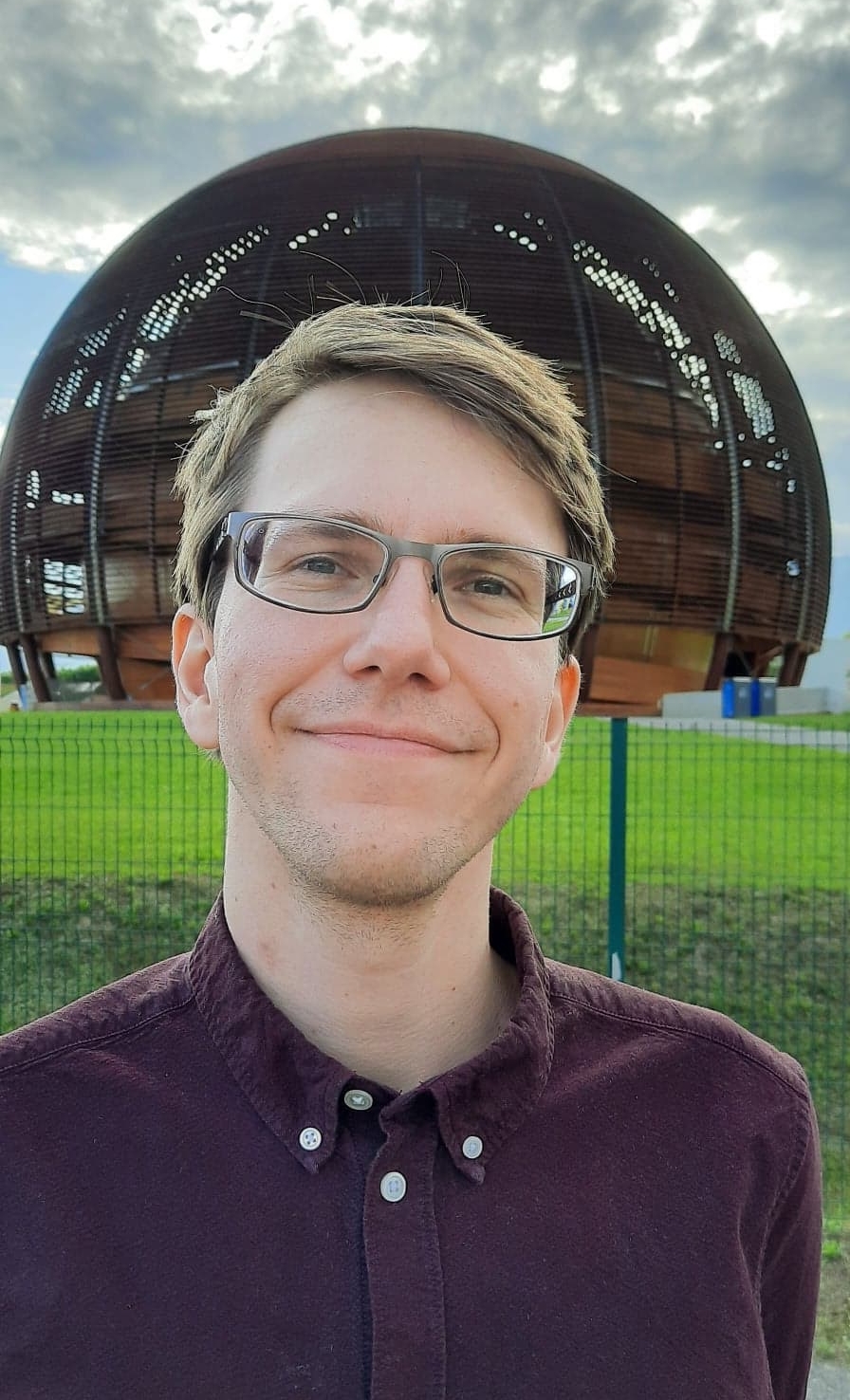
In the third of a hat-trick of JAI PhD successes in 2020, Oxford student Jan Paszkiewicz has successfully submitted his DPhil thesis. Since joining the JAI in 2016 Jan has spent the past few years investigating vacuum breakdowns in the high-power RF systems needed for the Compact Linear Collider, CLIC, and its technological offshoots.
The goal of his DPhil has been to gain a better understanding of the process of vacuum breakdowns in normal-conducting high-gradient accelerating structures, such as the ones found in CLIC, with the aim of optimising their design for the best performance in a practical machine.
Jan's work has included the high-power testing of prototype CLIC accelerating structures at the high-gradient X-band test stands at CERN, as well as experiments in a specialised setup designed to study the physics of breakdown itself.
Two major results are described in his thesis. The first is the measurement of dislocation motion related to the nucleation of breakdowns. Potential breakdown sites are subject to strong tensile forces from the intense electric fields, and can deform suddenly and stochastically, possibly starting the runaway process of breakdown. He was able to measure small spikes in field emitted currents which are consistent with fluctuations in the geometry due to this dislocation motion in surfaces subject to high electric fields.
The other result discussed in Jan's thesis was the development of a numerical quantity that predicts the influence of the geometry of an accelerating structure or other high-field device with a high operating gradient, an essential part of the RF design process. Similar quantities already exist, however, the one discussed in Jan's thesis is potentially much more generally applicable, being able to explain results from diverse types of accelerating structures and also breakdowns in DC experiments.
Following the submission of his thesis, Jan will begin a CERN fellowship performing vital upgrades to the longitudinal beam dynamics feedback system for CERN's Proton Synchrotron, a key part of the upcoming high luminosity upgrade to the LHC.